Given the advancement of Information Technology, VAT Recovery automation should have happened in many countries. However, it has not yet happened. Why?
We explore the question in some detail, in this article.
For most of its life, Value Added Tax (VAT) recovery (or VAT refunds, if you like), has been a much involved and paper-intensive process. Of course, it is understood that we deal with Governments, and they have been known to be notoriously bureaucratic. Even today, many of them are steeped in cumbersome paperwork.
Fortunately, we are beginning to see a little light, at the end of the tunnel. European nations see the need to cut across the processes of the past and rapidly move into the 21st century – the age of modern technology.
The good news is that they have given themselves deadlines for the implementation of the process.
Complete Automation Of VAT Recovery

It appears that complete automation of VAT refunds is still some years away. This is simply because refunds are not a top priority for VAT Authorities in most countries.
VAT continues to be the main Fiscal instrument of income for several governments, including some advanced European Union (EU) countries. Obviously, they would rather keep the VAT, than refund it.
Automation of refunds, therefore, has never been priority number one.
Unification of VAT Processes
In the European Union, there has been talk of unification of VAT processes. In other words, make the various VAT rates in all the EU countries uniform. If such uniformity could happen, it would for instance, make VAT applied to Hotel expenses a flat 20% (if such a rate is chosen), in the entire EU.
It makes good Fiscal Policy sense, even though BREXIT, and similar undercurrents in a few other countries, made any unification process more challenging.
Given the various issues, my view is that the unification of VAT in the EU is not going to happen in the very near future.
The Need to Go Paperless – Incentive for VAT Automation
It is common knowledge that many multinational companies have moved or are in the process of moving towards paperless environments. It will not only save trees and the earth’s precious environment but also work towards more efficient intra-company processes.
Many corporates commenced work on the task of going paperless, in the mid-nineties and are today, well into their projects to do so. Governments in the Persian Gulf had also taken the opportunity to learn from others’ inefficiencies and launched their own e-Government schemes in the nineties. They did not want to make the mistakes of bureaucracies the world over.
With these paperless efforts in view, there will be pressure on governments to minimise the paper processes involved as well. It is a matter of time before governments fall in line and automate their taxation processes.
Blazing the Trail
Leadership for the automation of VAT processes and VAT refunds will come from the EU countries. Scandinavian countries and governments are rapidly moving towards automation of many processes. The EU will indeed be ahead of the curve.
Germany has moved the 13th directive (VAT refund involving EU countries to non-EU countries), refund mechanism to an online electronic system. It makes for partial automation of the refund process. Spain has also been actively working on automation and processes that will involve a lot more of automation. Many more countries are expected to follow.
Where does all of this leave companies in paperless environments, wanting to file for, and obtain VAT refunds? The companies’ own internal processes have already allowed for original invoices to be destroyed. They are the very documents that several governments need, to process VAT refunds. They are fundamental to the process.
In some cases like the Scandinavian countries, all is not lost. VAT recovery companies will hopefully be able to talk to them and get them to accept scanned copies of the original invoices. The process however has not been clearly laid out as yet.
Conclusion
In conclusion, the move to VAT recovery automation of processes, including refunds, will eventually have to happen. It will help both governments and companies the world over.
It may take a few years, but governments will implement the required changes within their own convenient timeframes.
Most importantly, are you as a business, recovering your VAT incurred on Business Travel? If not, contact Coromandel SAS. We handle various aspects of VAT.
More Resources And Information
- Comprehensive information on VAT refund – Coromandel SAS.
- Recover your VAT expenditure in Europe – a blog post on VAT refunds – Coromandel SAS
- Use our Free Online VAT Refund Calculator for Businesses to check your VAT recovery potential
© Mano Chandra Dhas
Note – Share your thoughts below. I will respond to all comments. Use the social media buttons to share this post with others who might find it useful. Please subscribe to never miss an update!
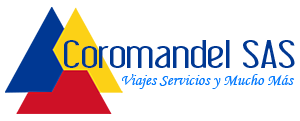
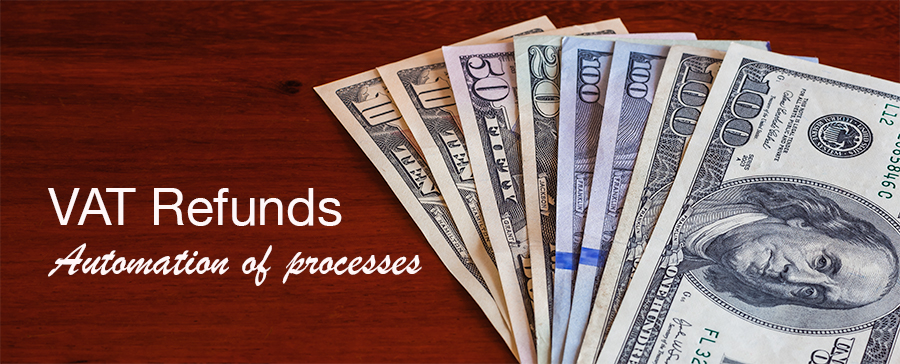
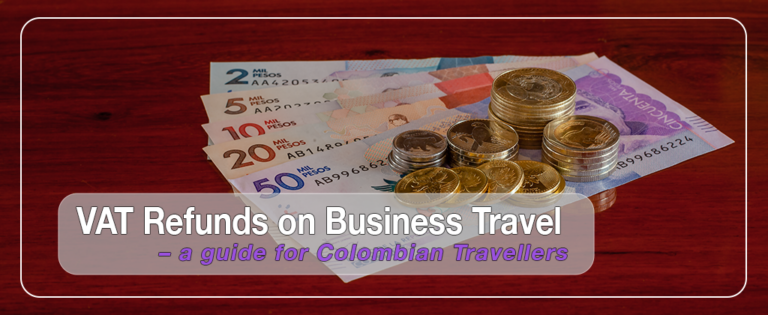
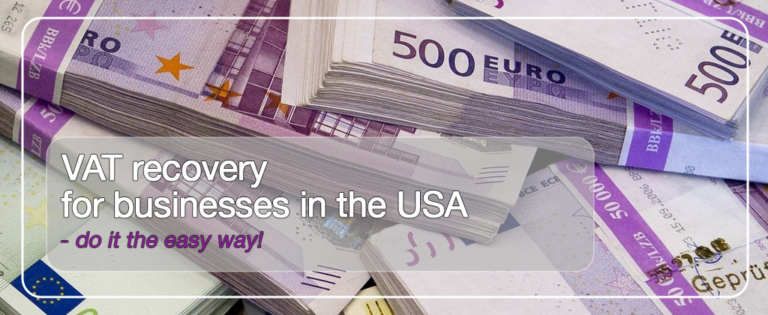
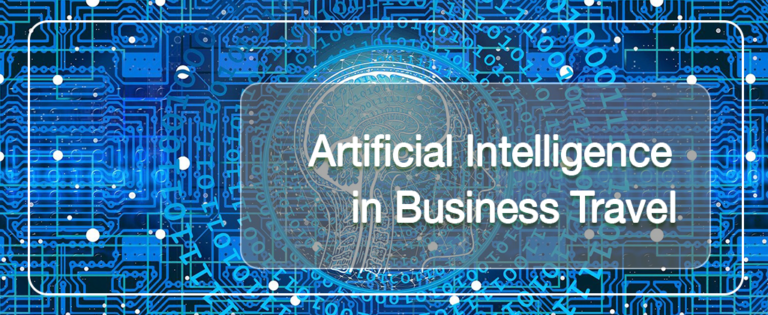
This is a very interesting article and to a certain degree it is thought provoking that this is NOT automated yet.
– Maybe it is not a priority as there might be a few or even “many” who do not go after the VAT refund and automating it may make is easier for those.
– Countries that collect VAT may find themselves refunding how much more?
Hi Connie, thank you for your comment. Several Millions of Dollars that could be refunded, are never claimed each year. Sometimes I cannot understand why corporates do not make the effort to recover their VAT. There is really very little they have to do, except sign a few papers and then hand over their invoices to a VAT recovery company. There really is nothing more for them to do.
I gather from your comment that you feel that automation will make it easier for companies to become interested in recovering their VAT. As I have mentioned, complete automation is probably several years down the road. Countries of the EU have to first unify the VAT processes within their territory. At the moment there is only a minimum level of VAT charges mandated. Everything else, is left to individual countries. Of course, if VAT is charged by a fellow member of the EU it has to be refunded under what is referred to as the 8th Directive.
Automation will have some challenges. The amount that can be refunded, is on the invoice collected by the traveller. These invoices are issued by thousands of suppliers all over Europe and do indeed reflect different percentages charged depending the service, or the country (Hotel, Car Hire, VAT on Fuel, Exhibition Space, etc). To have the reporting and consequently the refund of all those charges, can be challenging.
VAT automation, will surely be extremely useful to all. It will make things a lot easier, and reduce a lot of time spent on follow ups. It could result in increased corporate travel.
A very interesting and thought provoking article by Mr Mano Chandra Dhas
Thank you Glen. I appreciate your comment.